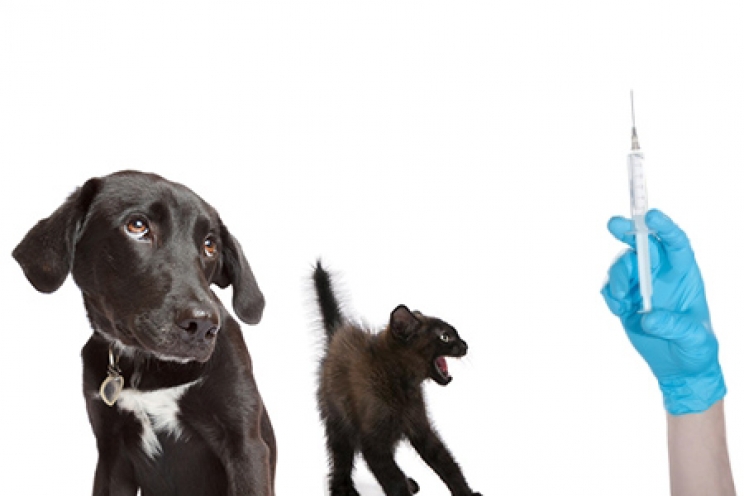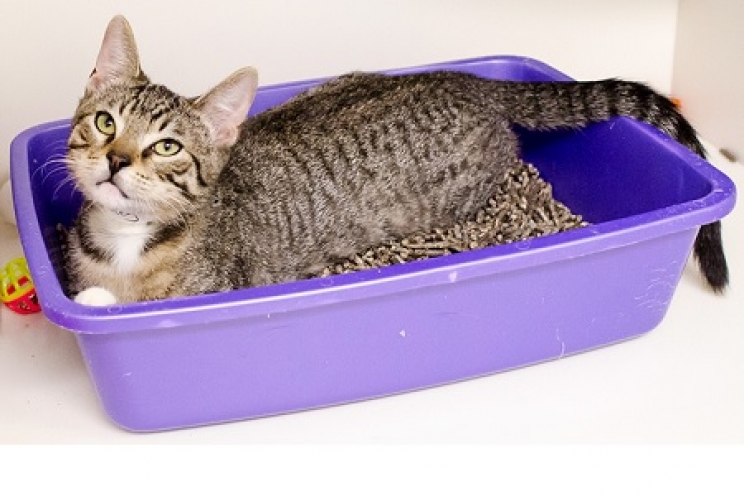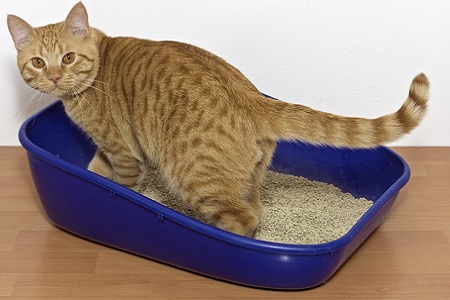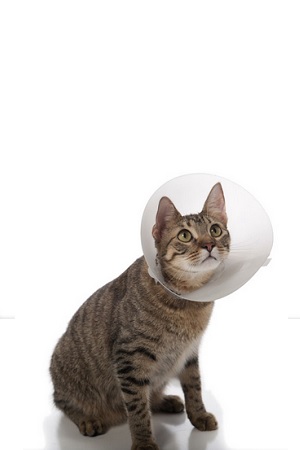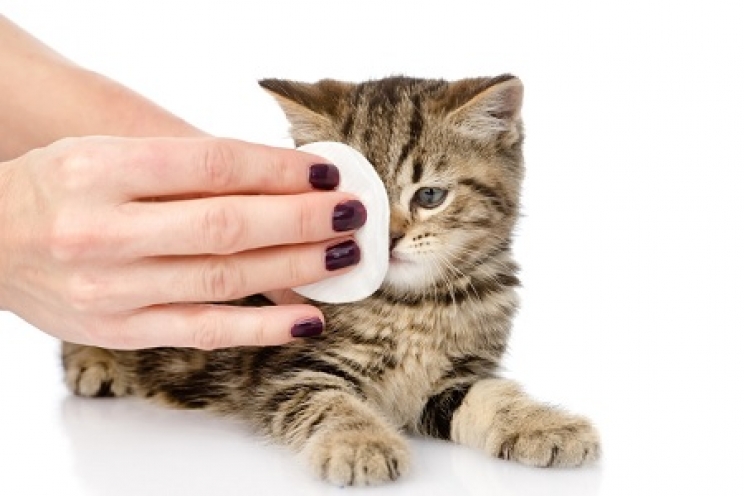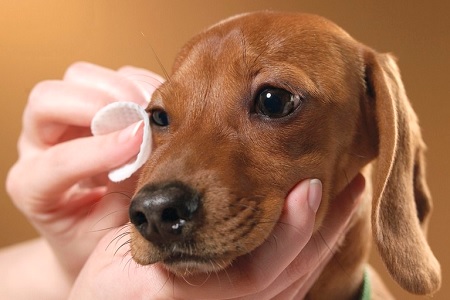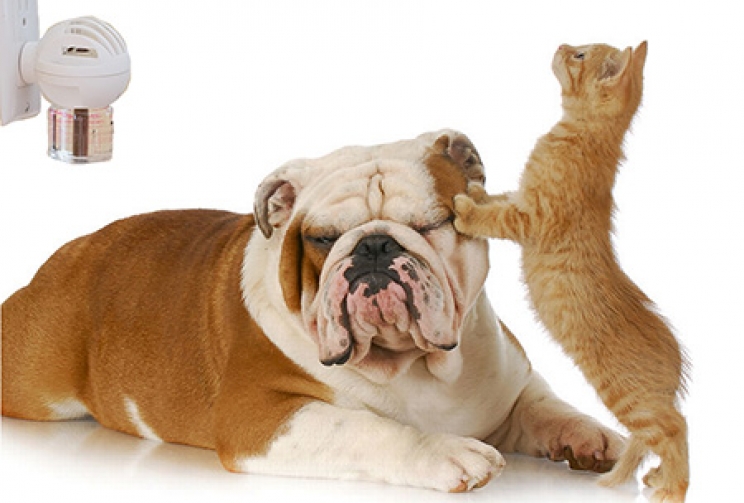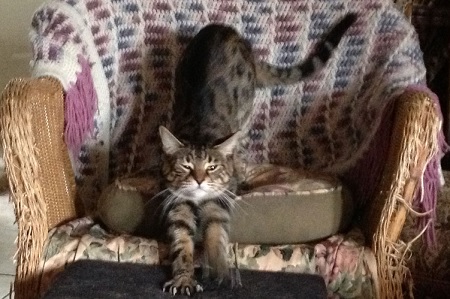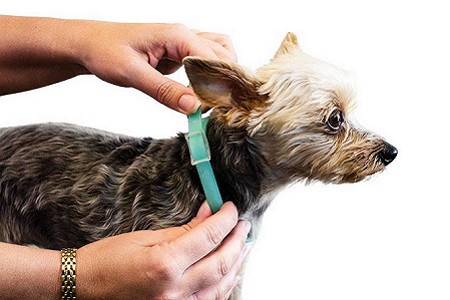Let's face it, even today many of us continue to be afraid of dentists. So why shouldn't our pet feel the same? The fact that the sight of the entrance door of the surgery already intimidates them is absolutely normal, but this can be a problem if apprehension turns into fear or anxiety.
When does the situation becomes worrying
No matter how friendly a veterinarian tries to appear towards animals, in their perspective they will always remain as a person armed with syringes and other very annoying tools. The fear of the vet is an absolutely normal and understandable aspect, but within certain limits. As long as the problem remains confined within the limits of the attempt to purr or the vocalization, we can try to tolerate it.
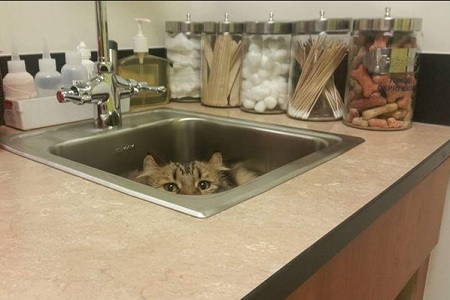
We must begin to worry, however, when the tension becomes as strong as to lead to anxiety and real panic attacks, which manifest themselves with:
- Very accelerated breathing
- Tachycardia
- Aggressiveness
- meows or constant barking
- Very strong tremors
- Breath with open mouth in the cat
- Temperature increase
- Urinary and faecal incontinence
What can we do to help our pet?
When a simple visit to the vet becomes a source of strong stress for the dog and the cat, we just have to put into practice some strategies to help them relieve tension. Fortunately, the options available to us are quite numerous:
-
Don't freak out: this is the first, fundamental advice. We are the guide for our pet, so if we are agitated, he will automatically think that something is wrong;
-
Make transportation pleasant: we have already talked about the transportation of dogs and cats. In summary, we should try to encourage the association of travel by car with a pleasant event, such as a nice walk in the company. As for the pet carrier, however, the ideal is not to use it only for travel, but it would be preferable to always leave it available to our friend at home, perhaps as an alternative kennel;
-
Let's get him used to being manipulated: it is good to start right from puppies, gently stroking them even in the most difficult places to touch, such as the muzzle, the ears, the eyes, the belly and the fingertips. The pleasure of the caresses, perhaps combined with some appetizing snacks, will help our friend to be less suspicious towards strangers, such as the veterinarian. In addition, this advice will come in handy in case of therapies to be administered alone or for normal cleaning of the ears or teeth;
- Often pass in front of the vet's surgery: when we are in the car or walking with our dog, we should also try to travel the path that leads to the vet, without stopping by. This way he won't be immediately alarmed every time he sees the road. We can also enter the waiting room for a few minutes, rewarding him or asking the veterinarian to greet him calmly and maybe even give him a few snacks, and then continue the rest of the walk
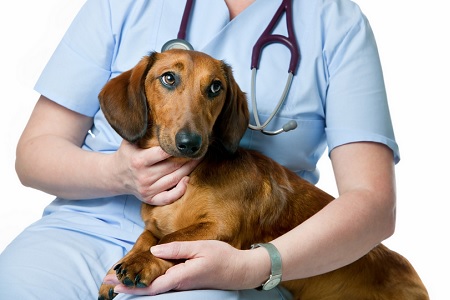
-
Stay as close to him as possible: unless it is a surgical procedure, avoid leaving only the dog or cat in the examination room. Our presence will be a comfort to our friend;
-
Give them a few snacks while we wait: cats hardly accept food when they are frightened, but often for dogs appetite represents an excellent distraction. We use snacks and caresses to prevent him from thinking incessantly about what awaits him;
-
If he can't stand the company of other animals, we leave the waiting room: the presence of other dogs or cats in the surgery, especially if our friend is not particularly sociable, can increase anxiety and stress levels. To avoid this problem, we ask the veterinarian or those present to notify us when our shift comes and wait outside or in the car;
-
We use synthetic pheromones: we talked about this excellent solution in a specific article. Both for dogs and cats there are collars and sprays on the market that are particularly useful for relieving tension, without resorting to any medication. We can ask the veterinarian for advice on which product is most suitable for our situation;
-
We plan a home visit: in the most extreme cases it may be necessary to resort to a home visit, and ask our veterinarian if he is willing to do it;
-
We ask the veterinarian to administer a sedative: if the stress levels become too high, to the point of panic, the veterinarian may be forced to administer a sedative;
- Let's rely on natural remedies: Bach flowers can be a valuable aid in emergency situations. To know which one to choose, read the article dedicated to this natural remedy.
If these useful tips dont managed to calm your pet, you could talk to a behavioural veterinarian.

